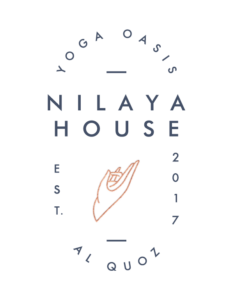A bit about Yoga, before we begin…
Yoga is a mind and body practice with historical origins in ancient Indian philosophy.Various styles of yoga combine physical postures, breathing techniques, and meditation or relaxation.
In the Yoga Sutras, Patanjali describes yoga as “Yogas-citta-vrtti-nirodhah”. Yoga is the restriction of the fluctuations of consciousness. (translation by Georg Feuerstein) Many things fill our consciousness-our direct perception of an object or person, a thought, a memory, feelings, even a dream. These contents are constantly passing through the mind with hardly a moment’s rest. We identify with these transient perceptions and imagine it to form a concrete self. So when things change we suffer and or rejoice at the mercy of these ups and downs of life.
Patanjali then explains that through dedicated practice and the cultivation of detachment, we will stop identifying with the thoughts, feelings, and sensations that can cause us to suffer. We begin to realise that a deeper current runs through us. We discover that as these thoughts and feelings run through our consciousness there is something that is able to observe this. That which observes is not the content. That’s where the second element of consciousness comes in. Drashtri (pronounced DRASH-tree), literally “the seer,” shines light on the contents of citta. Without it, there would be no consciousness.
While the citta’s contents are ephemeral and in constant flux, the seer is eternal and never changes. It is the perfectly impartial observer; all it does is shine light on the contents, accepting all with equanimity. In Patanjali’s view, the seer is your authentic self. Learning to recognize its existence is one of the goals of Patanjali’s yoga.

